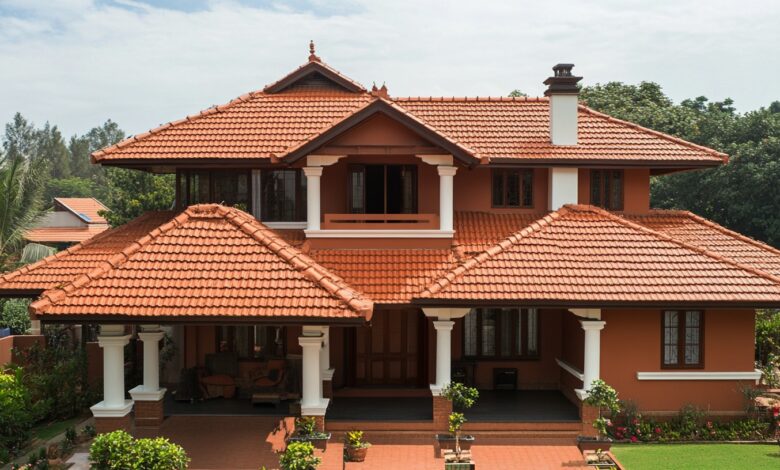Mistakes to avoid while choosing best house designs in India

As inspiring as it is to build a home in India, it’s very possible to make mistakes in the process. As a result, for the development of comfortable and useful living space, it is important to carry out careful planning in any case, be it the construction of a house from scratch or its complete overhaul. To help you with the right choices regarding the designs of the kind of home that you want, this article outlines five common mistakes to avoid while selecting the best house designs in India for better outcomes.
-
Neglecting Climate Considerations
India’s varied climate necessitates careful design selections. A particular weakness is to build a house, not giving a thought about the climate of the region. There are certain differences in climate for every region, north has hot summers and south has strong monsoon.
Ignoring climate-related considerations might result in more expensive energy bills and uncomfortable living areas. For example, while big windows may appear nice, they can let in too much heat in warm places. In a similar vein, areas experiencing high rainfall may not be ideal for flat roofs. When designing a home, keep your local climate in mind to ensure efficiency and comfort all year round.
-
Overlooking Space Utilization
In Indian homes, where land can be in high demand, effective use of available space is essential. Poor space design is a typical mistake that leads to small spaces or unused regions. This error is frequently the result of putting aesthetics ahead of functionality or neglecting to account for future requirements.
Take careful stock of your family’s needs and way of life to prevent this. Make space plans that are flexible enough to accommodate changing needs. One possible use for a guest room might be as a home office. Ample storage and the flow between rooms should also be taken into account. Despite their tiny size, even smaller homes may feel roomy and cozy with the right use of space.
-
Disregarding Vastu Shastra Principles
When a new home is being built, Vastu Shastra or the ancient Indian architectural theory is very important to many families. It is a mistake to either ignore these guidelines or be over-precise with them while neglecting real life situations.
Even while not everyone adheres to Vastu, knowing its fundamental ideas can help create more peaceful living environments. These ideas frequently coincide with sensible design elements like enough ventilation and natural light. Vastu principles should, however, be balanced with contemporary requirements and individual preferences. Strive for a design that satisfies your practical needs and pays homage to tradition.
-
Failing to Plan for Future Needs
Not taking future alterations into account while planning a home is another typical mistake. Families expand, ways of living change, and technology develops. In a few years, a house that seems ideal now might seem out of date or unusable.
When selecting a home design, consider the long haul. Think about things like growing family sizes, elderly parents moving in, or the requirement for a home office. Make sure your layout includes adaptable, readily changed areas. Additionally, include features like facilities for solar panels or smart house systems that make upgrading simple. A forward-thinking strategy guarantees that your house will be suitable for many years to come.
-
Prioritizing Trends over Timeless Design
It’s easy to get carried away by current design trends, but this can be a costly mistake in the long run. Trendy elements might look appealing now but can quickly become outdated. Moreover, they may not always suit the Indian context or your personal lifestyle.
Instead of chasing fleeting fads, focus on timeless design principles. Opt for classic layouts and neutral colour schemes that can be easily updated with decor. Consider traditional Indian elements that have stood the test of time, such as courtyards or verandahs. These features not only add cultural value but also enhance functionality. A well-designed home should feel contemporary yet rooted in timeless elegance.
Conclusion
In India, selecting the ideal home structure design entails carefully weighing a number of variables. You can design a beautiful and functional home by avoiding these five typical mistakes: ignoring space utilization, ignoring Vastu Shastra principles, ignoring climatic considerations, failing to prepare for future needs, and giving trends precedence over timeless design.





